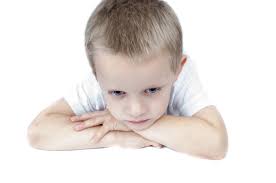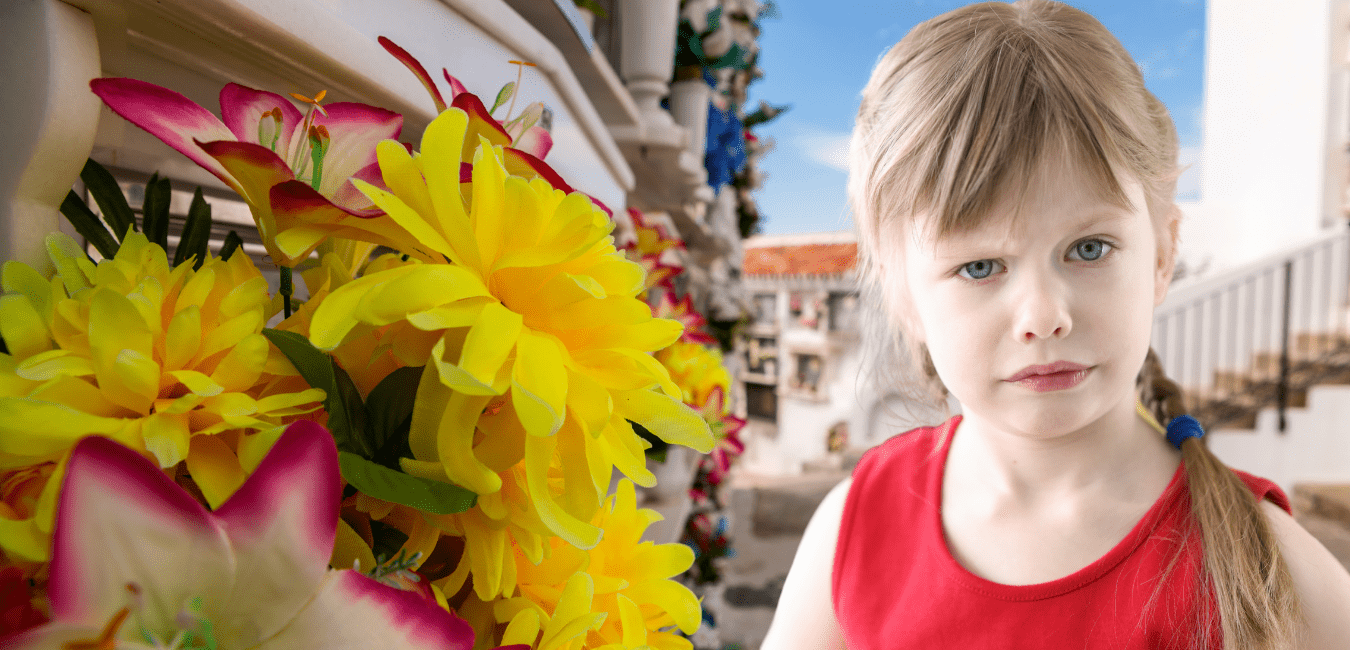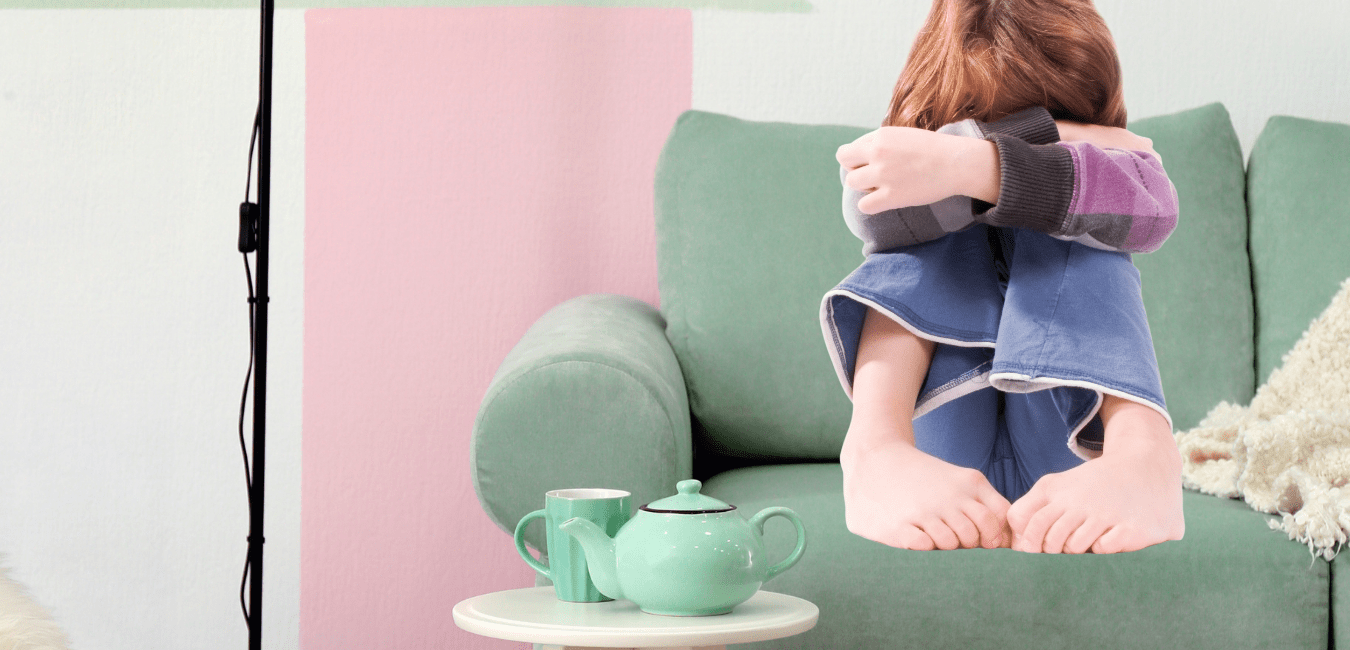Children’s emotions play a leading role in life. It is essential to know how they develop and affect personal and social alterations. Awareness of children’s feelings is complex because receiving information about the subjective aspects of their emotions can come only from reflection; technique children cannot use effectively while they are still young.
Especially facial expressions and activities allied with altered emotions are complex as children become absorbed in following social expectations.
They learn, as an example, to regulate the over expressions of concern, anger, jealousy, or even grief after they discover. That such emotional words function in unfavorable social evaluations of them.
Methodological difficulties, a lot of the scientific interest in children’s emotions has targeted the results of emotions on children’s personal and social changes.
All emotions, not simply the pleasant ones, play a vital role in the child’s life and every contribution to the personal and social changes the kid makes.
The benefits or damages to children’s personal and social changes are also physical or psychological—the foremost necessary effects of children’s emotions on their changes.
Because of the essential role emotions play within the child’s life. For example, there’s a widely accepted belief that some babies are born more emotionally than others.

For example, there’s a widely accepted belief that some individuals square measure born more emotionally than others. Consequently, it’s been Associate in Nursing acknowledged that there’s nothing that may do to alter this characteristic.
In the earlier period, this distinction in emotionalism was explained because of the results of importance in body humor. Additionally, recently, it was attributed to variations within the endocrine glands.
How do Children’s Emotions Affect Personal and Social Adjustments
Even Such emotions as anger and worry add pleasure to life by giving kids some excitement. Primarily their enjoyment comes from their pleasant aftereffects.
Children’s Emotions Prepare the Body for Action
The more intense the emotion, the more it upsets homeostasis to prepare the body for action. It will make children nervous and edgy.
Children Emotional Tension Disrupts Motor Skills
Physical preparation for action plays havoc with motor skills. Causing children to become awkward and clumsy and leading to such speech disorders as slurring and stuttering
Emotions Serve as a Form of Communication
Through the facial and bodily changes that accompany the emotions, children can communicate their feelings to others and determine what the feelings of others are.
Children’s Emotions Interfere With Mental Activities
Because attentiveness remembers reasoning and other mental events sternly affected by solid emotions, kids make below their logical possibilities when emotionally worried.
Emotions act as Sources of Social and Self-Evaluation
General public estimates children in terms both of how they express their feelings and of what their leading emotions are how they treat children based on their evaluations help as that basis of children’s self-evaluations
Emotions Color Children Outlooks on Life
How children view their ways in life, and their place in the social group is markedly by whether they are wary. They are startled, destructive, probing, or happy.
Children’s Emotion Affect Social Interactions
All emotions, pleasing and unpleasant, inspire social interaction. Children learn how to change their behavior to follow social expectations and principles from them.
Children’s Emotion Leave their Mark on Facial Expressions
Satisfying emotions improve children’s alter the face and make children less good-looking than they are. Because people are involved or respond to facial expressions, emotions play an essential role in social acceptance.
Emotions Affect the Mental Climate
In the home, the school, the locality, or the playgroup, children’s emotions affect the mental climate, which affects them. A childish displeasure fit annoys and embarrasses others. They are charging the emotional temperature with anger and resentment. This makes children feel despicable and unsolicited.
Emotion Responses When Repeated Develop Into Habits
Every emotional expression that gives children consummation will be repeated and, in time, develop into a habit as children grow older if they find social responses to their expressive faces unfavorable. Enrooting the routine will be difficult, if not impossible.
The pattern of Children’s Emotional Development
The capacity to reply showing emotion is a gift to the newborn baby. Thanks to robust stimulation, the primary sign of vigorous activities is general excitement. This diffuse excitement is mirrored within the newborns’ frame action.
At birth, though, the child shows no clear-cut replies that may be known as specific emotional stages. Typically before the amount of the infant is over, the overall excitement of the newborn becomes differentiated into straightforward reactions that recommend pleasure and vexation.
Disagreeable replies may be suggested by short dynamical the baby’s position. They are creating a sharp explosion and hampering the baby’s movements, permitting them to wear wet diapers and applying cold objects to the skin. Such impetuses cause crying and mass activity. On the opposite hand, pleasant responses are apparent once the baby sucks. They will even be evoked by rocking, patting, providing heat, and holding the baby snugly.
The baby shows pleasure by general relaxation of the whole body and by pleasant sounds within the style of coos and gurgles even before babies square measure a year recent, emotional expressions square measure recognizably the same as those of adults.
What are more, babies show associate degrees increasing the repertoire of emotional responses-joy, anger, fear, and happiness? A good may arouse these responses differ of stimuli, folks, objects, and things that were ineffective once babies were younger.
Their emotional responses decrease diffuse, random, and dedifferentiated as youngsters age. Young babies, for instance, show dissatisfaction just by screaming and crying. Later, their reactions embrace resisting, throwing things, stiffening the body, deed, hiding, and verbalizing.
With increasing age, linguistic responses increase, and motor responses decrease. Not solely will the final trait pattern follow an inevitable course; however, the designs for various emotions square measure likewise inevitable?
Differences in patterns of Children’s Emotional Development
Even though children’s emotional development pattern is foreseeable, there square measure variants in regularity, intensity, and period of the various emotions. Within the ages, they seem before childhood ends and become a lot of frequent and additional definite as childhood developments.
Children’s emotions square measure less violently expressed as kids get older because kids learn how folks feel regarding violent emotional outbursts—even those of joy and, therefore, the pleasant alternative emotions. And since kids curb a number of their emotional expressions. Kids who control a number of their dynamic terms emotions tend to persevere more extended than they did after expressing a lot of violently.
Differences are due partly to children’s physical states at the time and their intellectual levels and partly to atmospheric conditions. Healthy kids tend to be less emotional than World Health Organization those that health is poor. In contrast, bright kids as a bunch respond, showing emotion to a wider variety of stimuli than those who area unit less bright. They conjointly tend to own a lot of management over their emotional expressions.
The success with which emotions meet children’s needs influences variations in the different emotional patterns. Suppose temper tantrums meet children’s needs for attention and give them what they want. In that case, they will not only continue to use tantrums for these purposes, but they will increase the intensity of the tantrums, thus hoping to increase their value to them as means to desired ends.
Conditions Responsible for Child Emotional Development
Studies of children’s emotions have discovered that their development is due to maturation and learning and not either alone. That an explicit emotional reaction doesn’t seem early in life isn’t any proof that it’s not innate. It’s going to appear later with the maturing of the system’s brain.
Maturation and learning area units are therefore closely complex within the development of the emotions that sometimes it’s tough to work out their relative effects. What proof exists regarding the roles compete by maturation and learning in emotional development is bestowed below.
Role of Maturation Children Emotion
Children’s intellectual development leads to a capability to understand meanings not antecedently seem to attend to at least one stimulant for an extended time and concentrate emotional tension on one object.
Therefore, the expansion of imagination and understanding and the increase in the ability to recollect and anticipate likewise affect emotional reactions. So kids become conscious of stimuli that they were ladder-proof at an earlier age.
The development of the endocrine glands is essential to mature emotional behavior. The baby is comparatively lacking within the endocrine product that sustains a number of the physiological response to worry.
The adrenal glands that play a dominant role within the emotions show a sharp decrease in size shortly once birth.
Shortly later, they begin to grow. They gain rapidly up to 5 years, slowly from 5 to 11 and more quickly up to 16 sizes. Till their size has exaggerated very little A in made and secreted. Their influence on the emotional states in a childhood marked.
Part of Child Emotion Learning
Regardless of the methodology is employed, kids should be developmentally able to learn before learning will surface. For instance, newborns are incapable of expressing anger except by crying.
With the maturation of the system and muscles, kids develop the potential for might differentiated reactions. Their learning experiences can confirm the potential reactions they’ll use to point out their anger.
Five kinds of child emotion learning donate to developing emotional patterns during childhood. What these methods are and how they contribute to children’s emotional development are, and how they contribute to children’s emotional development.
- Trial-and-error learning
- Learning by imitation
- Learning by identification
- Conditioning
- Training
Relation Importance of Maturation and Learning
Both maturation and learning influence the event of the emotions; however, learning is additional necessary primarily due to its manageable. Development is additionally somewhat manageable, however solely by implies that it affects physical health and the maintenance of physiological conditions through the management of the glands whose secretions are triggered by the emotions.
There are many ways to manage what kids learn to reply, showing emotion. This will be done by direct teaching and steering by the management of the setting to confirm that fascinating emotional patterns will be established and by skilled facilitate to eliminate undesirable patterns of response before they develop into well-established habits.
It has been found, as an example, that environmental changes directly affect children’s emotions. Children familiar with having the mother’s undivided attention could bitterly resent her preoccupation with a brand new baby and will specific anger and jealousy by frequent and intense emotional outbursts.
These will be prevented by seeing that the kids get their fair proportion of the mother’s consideration. Through teaching and steerage, they’ll be helped to know why there square measure times once a baby needs the mother’s time. And that they -again by manipulating the environment- will be given additional attention once the mother has free time.
Characteristics of Children’s Emotions
Because of the inspiration of maturation and learning on emotional development, it’s perceivable that the emotions of young kids typically disagree markedly with those of older kids and adults.
Without this to be recognized, adults tend to take the young child’s emotional reactions as immature what is more, it’s illogical to expect all youngsters of a given age to possess similar emotional patterns. Individual variations area unit was inevitable due to variations in organic process level and learning opportunities.
How emotions can be conditioned
- Toddlers reply to a rabbit before conditioning.
- The unrestricted stimulus presented at once with the rabbit on several occasions.
- The infant’s response to the rabbit after conditioning and
- The generalization of activity to a Santa Claus beard. Taint characteristic features of children’s emotions make them different from older persons.
Common Emotional Patterns
After the first months of childhood, separated emotional patterns develop. The best standard practices, the stimuli that arouse them, and the typical responses of every pattern area unit are mentioned in the following sections.
Fear
Specific fears are characteristically found at certain ages and should be known as the everyday fears for those age levels. There’s no unforeseen shift from one reasonable concern to a different one but rather a gradual change from specific problems to general ones.
Variations in Fears children’s emotions affect personal and social getting.
Just because some fears are typical for a given age level doesn’t mean that every kid of this age level expertise them. There are noticeable variations not only in the situations that increase fear in babyhood but also in the quantity and strength of the fears altered children experience. Some children, for sample, have many more and more intense tears than others.
Variations in children’s fears at different age levels reflect differences in mental and physical development and individual experiences, which determine what children learn to fear and how they learn to express their fears.
There are marked variations in the conditions that give rise to fear in childhood and the number and intensity of the fears different children experience. Some children, for example, have many more and more intense tears than others.
Variations in children’s fears at different age levels reflect emotional and physical development differences and individual capabilities that decide what children learn to fear and how to express their concerns.
Rear Response of Children Emotion
In children, the fear response is naturally one of weakness. Cries are baby’s calls for support. They hide their looks and get as far from the feared object or person as possible. After they can creep or walk, they hide behind a person or piece of furniture and remain there until the fear subsides or they feel it is safe to emerge.
As children get older, over concern responses are restricted by social burden. The crying reactions stop though the characteristic facial expressions stay, and therefore the kid withdraws from the scary object. Not solely do older kids check the impulse to sailing ship concern, but they fight to remain removed from a state of affairs that they assume are horrifying. If confronted with a concern stimulant, they’ll categorize their concern indirectly during a general motor discharge that’s more of a temper outburst than a concern reaction.
Fear-related Children Emotional Patterns
There are a variety of emotional patterns that are concern-related therein; the dominant side of those patterns is fear. The foremost necessary is timidity embarrassment. Worry and anxiety. All of those are going to explain during this segment.
The shyness of Children’s Emotions affect personal and social getting
Shyness is a form of fear characterized by reduction from contact with others who are weird and unaware. People always stimulate it, never by objects, animals, or situations.
Babies have revealed that during the middle of the first year of life, shyness is an almost universal reaction to strangers or too familiar people because of different clothes or hairstyles refer.
The amendment shows the worry of the unknown that makes it to timorousness. That happens in babies as shortly. They become at home with a novel or acknowledge the person they already recognize.
Typically, then babies stop crying and react in an amicable method. Tepidness within the presence of strangers is therefore common at this age level. That typically labeled the strange age or the amount of fan tile fearfulness.
The reason for this period of fearfulness is that at 6months, babies are intellectually mature enough to recognize. The difference between familiar and unfamiliar people is not mature enough to remember that their unfamiliarity poses no threat as babies come in contact with more and more people.




I like what you guys are up also. Such clever work and reporting! Keep up the superb works guys I¦ve incorporated you guys to my blogroll. I think it will improve the value of my website 🙂
hey there and thank you for your info – I’ve certainly picked up anything new from right here.
I did however expertise several technical issues using this site, as I experienced
to reload the website many times previous to I
could get it to load correctly. I had been wondering if
your web hosting is OK? Not that I am complaining, but sluggish loading instances
times will very frequently affect your placement in google and could damage your quality score if advertising
and marketing with Adwords. Well I am adding this
RSS to my e-mail and could look out for a lot more of your respective exciting content.
Ensure that you update this again very soon.